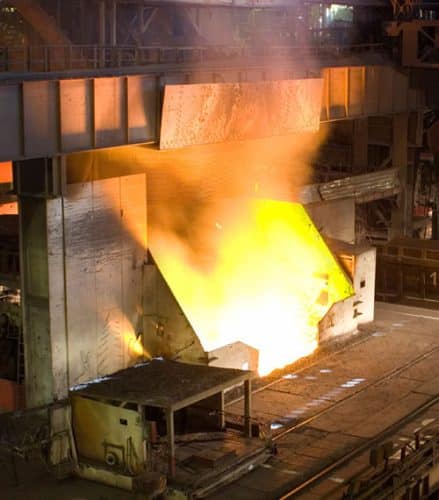Athermalisation Explained.
 For applications that maybe subject to temperature fluctuations, it is important to develop an optical system that is insensitive to thermal change in the surrounding environment and the resulting system defocus. Developing an athermal optical design, is especially critical in the infrared because the coefficient of thermal expansion of most IR materials is orders of magnitude higher than those of visible glasses, creating large changes in the refractive index.
For applications that maybe subject to temperature fluctuations, it is important to develop an optical system that is insensitive to thermal change in the surrounding environment and the resulting system defocus. Developing an athermal optical design, is especially critical in the infrared because the coefficient of thermal expansion of most IR materials is orders of magnitude higher than those of visible glasses, creating large changes in the refractive index.
Athermalisation is the principle of stabilizing optical performance with respect to temperature. Temperature changes experienced by the optics may be with respect to time or space or both.
Passive optical athermalisation is where the optics are designed to not change focus over a temperature range by using the different properties of the different lens materials to compensate for themselves. No moving parts are employed, but very careful attention needs to be paid to the selection of the optical materials and housings.
For more complex optical systems, designers may elect to use active mechanical athermalisation – a technique where lenses are moved via motors to maintain focus with changing temperature.
Passive athermalisation is beneficial in optical systems that are isolated from direct human contact or have limited access to power. Systems that are deployed in space, for example, cannot afford to use the limited battery or solar power to energize motors necessary for maintaining focus. Additionally, motors have limited lifetimes, add weight to launch payloads and cannot be easily serviced once deployed in space. Therefore, it is undesirable to use them unless absolutely necessary.
Hazardous environments can be encountered when performing tasks such as nuclear power plant inspection, where temperatures can reach extremes that are unsafe for constant human exposure. If the optical monitoring system can be passively athermalised, then the available power can be used for transmitting video information or increasing operational time, instead of activating motors to maintain focus.
Resolve Optics offers a design and manufacture service for organisations looking for top quality, high performance lenses able to reliably undertake sensing, detection and measurement applications at high temperature.
Resolve Optics has considerable experience of developing optical systems that will operate up to 950°C without the need for cooling. Lenses capable of operating at such high temperatures, without degradation, have made it possible to remotely inspect the inside of an operating furnace / boiler and non-invasively analyse high temperature processes including incineration, recycling, smelting and chemical manufacturing.
Drawing upon over 20 years of experience – Resolve Optics has a proven track record of producing lens designs where athermalisation of the optical systems ensures that top performance is maintained over a given temperature range.
To discuss your project that may need athermalised optics please contact us on +44-1494-777100 or sales@resolveoptics.com.
